Understanding and Addressing the Weakest Parts of the Door
Posted by Door Armor on Jun 16th 2025
The weakest parts of the door are those parts that make your door vulnerable to potential threats. The door plays a very important role in the security of your home. It stands as both a gateway and a barrier to keep you safe. But guess what? It's also the first thing burglars try to break through when they want to get into your home. It often serves as the weakest link in your home's security. Intruders recognize this vulnerability and target doors as the primary point of entry during break-ins.

The front door, in particular, holds immense importance, being the most accessible and visible entry point. Failing to secure the front door, and every other door in your home, effectively leaves your home susceptible to unauthorized access and potential threats to your safety and belongings.
This article is all about understanding why your door might not be as strong as you think and how you can fix it. We'll discuss the weak points of your door which are the hinges, lock area, door jamb (door frame), and even the prying point. Whether you're worried about break-ins or just want to feel safer at home, this is a must-read. Keep reading to learn how to protect what matters most: your home and your family.
The Weakest Parts of the Door:
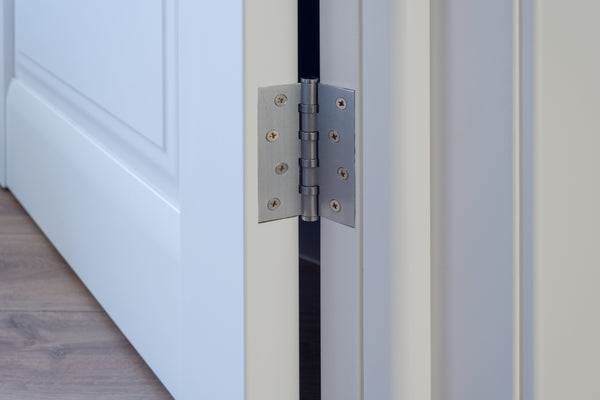
Hinges
Door hinges, although seemingly small, play a pivotal role in facilitating smooth opening and closing. However, they're also susceptible to wear and tear over time, leading to looseness or corrosion. Loose hinges compromise the door's stability and can make it easier for intruders to force their way in. Burglars often target hinges because they provide access to the door's interior, allowing them to bypass the lock mechanism. To strengthen hinges, begin by examining them for any signs of wear, such as rust or wobbling. Tighten loose screws using a screwdriver and consider replacing them with longer screws for a more secure hold. Also, consider using a hinge shield to add an extra layer of security to the hinge against kick-in. Additionally, lubricate the hinges with a silicone-based lubricant to reduce friction and ensure seamless operation.
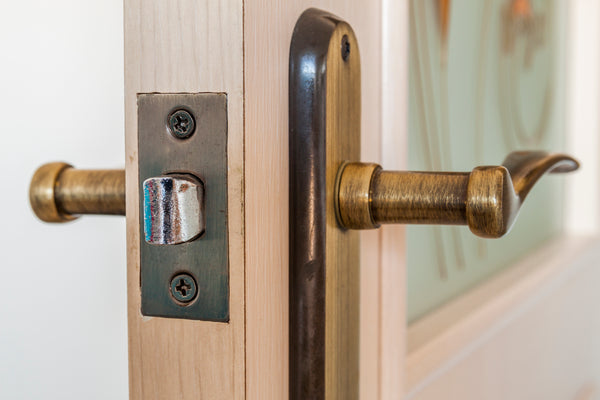
Lock Area
The lock area, made up of the strike plate and deadbolt, is another weak part of the door. Burglars often attempt to bypass locks by kicking or drilling through the door near the lock area. To fortify this vulnerable spot, homeowners should ensure that the strike plate is securely attached to the door frame with long screws that penetrate into the wall studs. Upgrade to high-security deadbolts and add additional locks, such as Jimmy-proof deadbolts or smart locks, to further enhance security and deter break-ins.
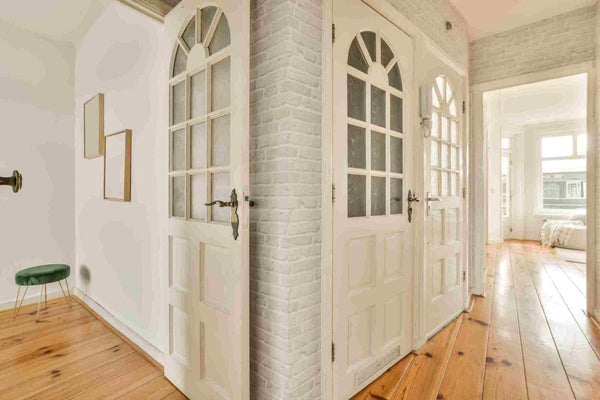
Door Jamb
The door jamb, where the door meets the frame, is a prime target for intruders seeking entry. Weak or poorly reinforced door jambs can buckle under pressure, making it relatively simple for intruders to kick the door open. Intruders may also attempt to kick or pry the door open at the jamb, exploiting any weaknesses in the frame's construction. To strengthen the door jamb, homeowners can reinforce it with jamb reinforcement kits, which provide additional support and resistance against break-in attempts. Homeowners should also consider heavy-duty strike plates, which distribute force more evenly and make it harder for intruders to breach the door. Additionally, replacing short screws with longer ones and anchoring them into the stud behind the jamb enhances its structural integrity.
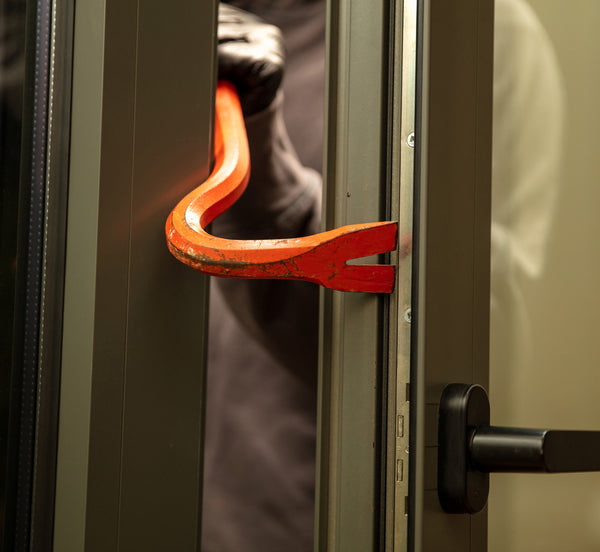
The Prying Point
The prying point, often overlooked but crucial in home security, is one of the weakest parts of the door. Burglars and intruders exploit this vulnerability by using tools like crowbars or screwdrivers to force the door open at its weakest point, typically where the door meets the door frame. This area, susceptible to leverage, can easily splinter or crack under pressure, providing unauthorized access to the home.
To reinforce the prying point, homeowners can take several measures:
Install Reinforcement Hardware
Utilize door reinforcement kits like Door Armor, which include pry shield and screws designed to strengthen the area around the door's strike plate and hinges, making it more resistant to prying attempts.
Upgrade Door Construction
Consider replacing doors with solid-core or metal doors, which offer greater durability and resistance to forced entry compared to hollow-core doors.
Enhance Door Frame
Strengthen the door frame by installing longer screws in the door hinges and using metal reinforcement plates to secure the strike plate to the frame.
Add Auxiliary Locks
Install additional locks, such as deadbolts or security chains, to provide extra layers of protection and prevent the door from being forced open easily.
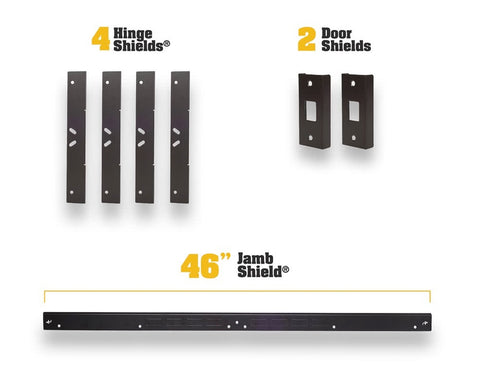
Bottom line
A secure door not only protects your property from break in but also provides invaluable peace of mind for you and your family. Invest in high-quality locks, reinforce hinges and door jambs, and consider door reinforcement solutions like Door Armor to upgrade your home security.



